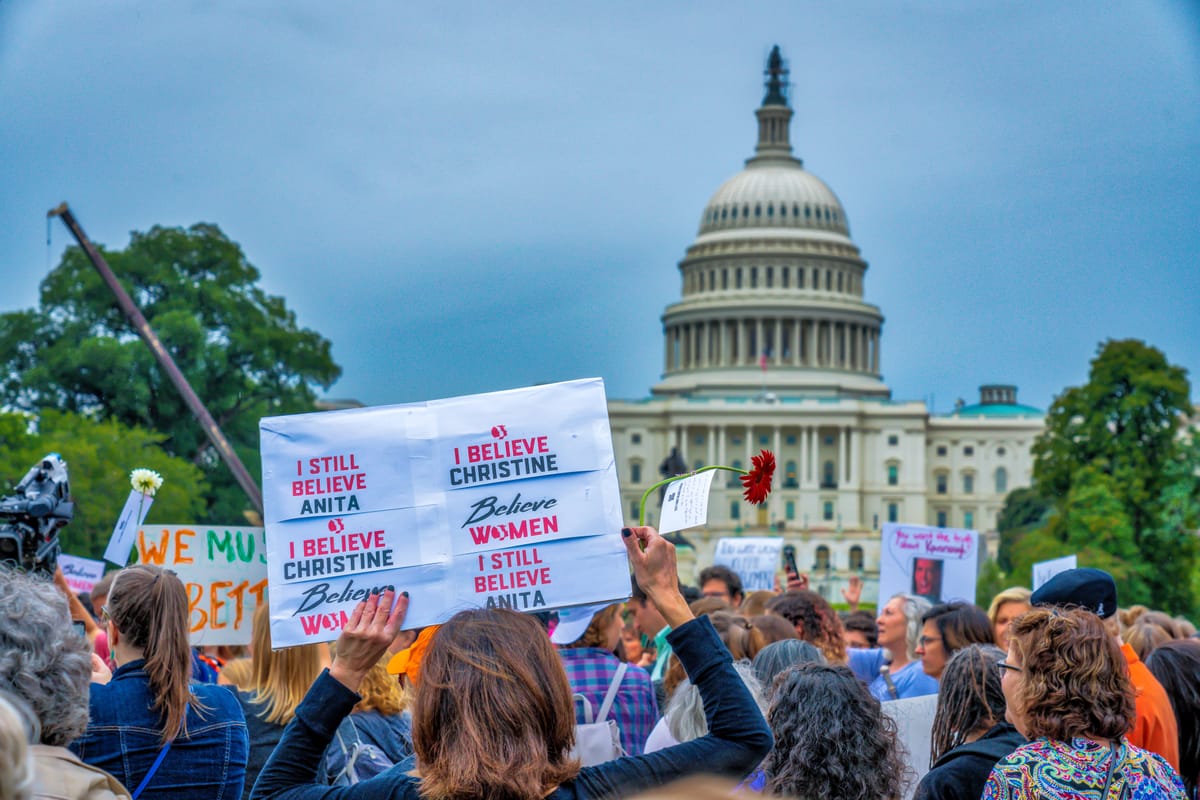Brett Kavanaugh sworn into the Supreme Court following sexual assault controversy.

On the 6th of October Brett Kavanaugh was sworn in as the newest Justice of the American Supreme Court. After President Trump nominated him as a potential candidate earlier this summer, a psychology professor at Palo Alto University, Christina Blasey Ford, accused him in a confidential statement of attempting to rape her in the 80s, when the two were in high school.
After the story went public without her consent, she decided to speak out and reiterated her allegations in front of the Senate Judiciary Committee, saying she was “100 percent sure” Brett Kavanaugh had sexually assaulted her in the summer of 1982. He denied the allegations and had the support of President Trump, who called the allegations a “hoax”. In the last week of September, two other women accused Kavanaugh of sexual misconduct, and many alumni from Ford’s high school supported her allegations.
As requested by Democratic senators (and a few Republican Senators), the FBI did a follow-up investigation that was then presented to the Judiciary Committee. Following that the Committee confirmed his candidacy with a 50-48 vote. During the swearing-in ceremony, referencing the investigation, Trump apologised “for the terrible pain and suffering” Kavanaugh had been forced to endure.
With the appointment of Kavanaugh, the Court now consists of five justices appointed by Republican presidents and four by Democrat presidents. Kavanaugh is replacing Anthony Kennedy, another Republican. However, based on several rulings, many would argue that Kennedy was more moderate on social issues, such as same-sex marriage. Kavanaugh has a strong track record of usually ruling against regulations, especially environmental ones. He also came down hard on the issue of reproductive rights as per his ruling in the ‘Garza v Hargan’ case. The Supreme Court can also have an important effect on the electoral system itself by ruling on electoral issues such as census taking, electoral boundaries and the role of funding in elections. For example, the Court has recently denied a motion to allow 2300 Native Americans in North Dakota to vote without a permanent address.
Both conservative Republicans and liberal Democrats view this swearing-in as important for the future of American politics. The Supreme Court is not just another site of power. It is an institution with power comparable to the Presidents in influence. It is composed of nine justices, with lifelong appointments, who have the ultimate say on highly contentious cases. Examples of recent significant Supreme Court rulings include legalised abortion in 1973. While deliberating, the judges can follow different, conflicting judicial philosophies. The Supreme Court creates precedents, but can also revisit their own past decisions. Since Justices of the Supreme Court serve until they die, it is likely that his appointment to the court will be Trump’s most long-lasting legacy.



